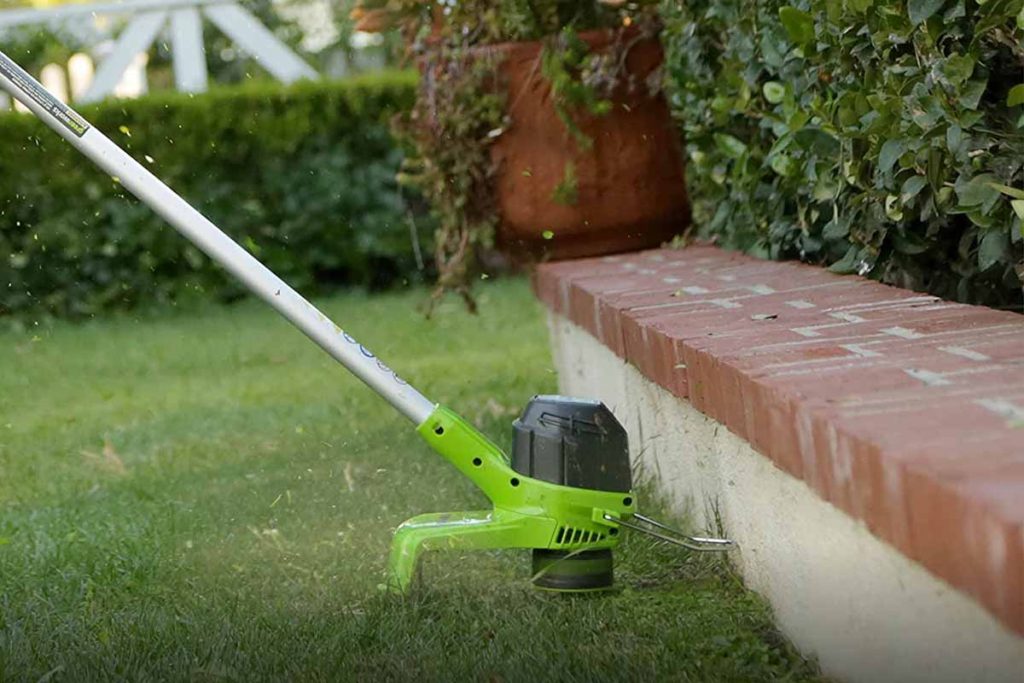Creating a magical evening ambiance in your garden isn’t as complex as it might seem. With the right outdoor lighting, you can transform your outdoor space into an enchanting evening retreat that’s perfect for entertaining, relaxing after a long day, or simply enjoying the beauty of your landscaping after dark.
Whether you’re highlighting architectural features, illuminating pathways for safety and accessibility, or just wanting to add a touch of whimsy to your garden beds, the right lighting can dramatically change the look and feel of your landscape.
In this guide, we’ll explore the different types of outdoor lighting available, offer design tips for creating a cohesive look, and provide practical advice on installation to help you achieve the garden glow of your dreams.
Types of Outdoor Lighting
There are various types of exterior lighting options available, each serving a different purpose. Here are some of the most common types you can consider for your garden:
Path Lights
These lights are perfect for illuminating walkways and pathways in your garden. They provide both safety and aesthetic appeal by highlighting the designated paths and guiding guests to different areas of your outdoor space. Path lights come in various styles, from traditional lanterns to modern bollards, allowing you to choose the perfect fit for your garden’s design.
Spotlights
Spotlights highlight specific features or focal points in your garden, such as trees, sculptures, or water features. They add depth and drama to your landscape by creating contrast and shadows. Spotlights come in different strengths, allowing you to control the intensity of light and create different effects.
Deck and Step Lights
Deck and step lights are perfect for adding safety and ambiance to your outdoor entertaining areas. They can be installed on stairs or along deck edges, providing adequate navigation lighting while creating a cozy and inviting atmosphere.
String Lights
String lights are a popular choice for adding a touch of whimsy to your garden. They can be hung above seating areas, around trees, or even through trellises or pergolas. String lights come in various styles and colors, allowing you to customize the look of your outdoor space.
Design Tips for Outdoor Lighting
When it comes to designing your outdoor lighting, here are some tips to keep in mind:
- Consider the function of each light and where it will be placed. Pathlights should be spaced evenly along walkways, while spotlights should highlight specific features.
- Use a mix of different types of lighting for a layered effect. This will create depth and interest in your landscape.
- Pay attention to the direction of light and avoid glare. Ensure spotlights are angled downwards and path lights don’t shine directly into the eyes.
- Choose a cohesive style for your outdoor lighting to create a unified look. Stick to one type of finish or material for a harmonious feel.
Installation Tips
Installing outdoor lighting can be challenging, so it’s important to follow these tips for a successful and safe installation process:
- Plan your lighting design carefully before starting any installation. Consider the layout of your garden, the location of electrical outlets, and potential obstacles.
- Use waterproof lights rated for outdoor use to prevent damage from weather conditions.
- If you’re uncomfortable with wiring and electrical work, consider consulting with a professional.
- Regularly inspect and maintain your outdoor lighting to ensure it remains in good working condition.
Additional Factors to Consider With Outdoor Lighting
- Energy Efficiency: Opt for LED lights, which are more energy-efficient and have a longer lifespan than traditional incandescent bulbs. This not only reduces your carbon footprint but also lowers electricity costs.
- Timer and Control Systems: Installing timers or smart control systems allows you to automate your outdoor lighting, ensuring lights turn on at dusk and off at dawn or at specific times that suit your routine. This adds convenience and can also deter potential intruders.
- Color Temperature: Be mindful of the color temperature of your lights. Warmer tones (2700K – 3000K) are inviting and cozy, making them a great choice for relaxation areas, while cooler tones (4000K+) are ideal for security lighting as they promote alertness.
- Safety and Security: Beyond aesthetics, consider the role of lighting in home security. Well-lit entry points and shadow-free areas can significantly reduce the likelihood of break-ins.
- Zoning and Dimming Capabilities: If your budget allows, incorporating zoning and dimming functions can enhance the flexibility of your outdoor lighting. It lets you control light intensity in different areas, creating the perfect ambiance for any occasion.
- Light Pollution: Be considerate of your neighborhood and environment by choosing fixtures that minimize light pollution. Aim for lights that illuminate downwards, and use shields to prevent light from spilling upwards or into neighboring properties.
- Durability and Weather Resistance: Choose fixtures made from durable materials that can withstand your local climate. Stainless steel, copper, and brass are excellent rust and corrosion resistance choices.
- Local Regulations: Before installation, check any local ordinances or homeowners association rules regarding outdoor lighting to ensure compliance and avoid potential issues.
- Professional Help: If you’re unsure about any aspect of your outdoor lighting installation or design, don’t hesitate to seek professional help. A certified electrician or landscape lighting specialist can offer expert advice and ensure a safe and efficient installation process.
Conclusion
Outdoor lighting plays a crucial role in enhancing the beauty and functionality of your garden. By understanding the different types of lighting available, following design tips, and considering important factors during installation, you can create a stunning outdoor space that is safe, inviting, and reflects your style.
For a responsible and sustainable lighting design, prioritize energy efficiency and be mindful of your neighborhood and environment.











